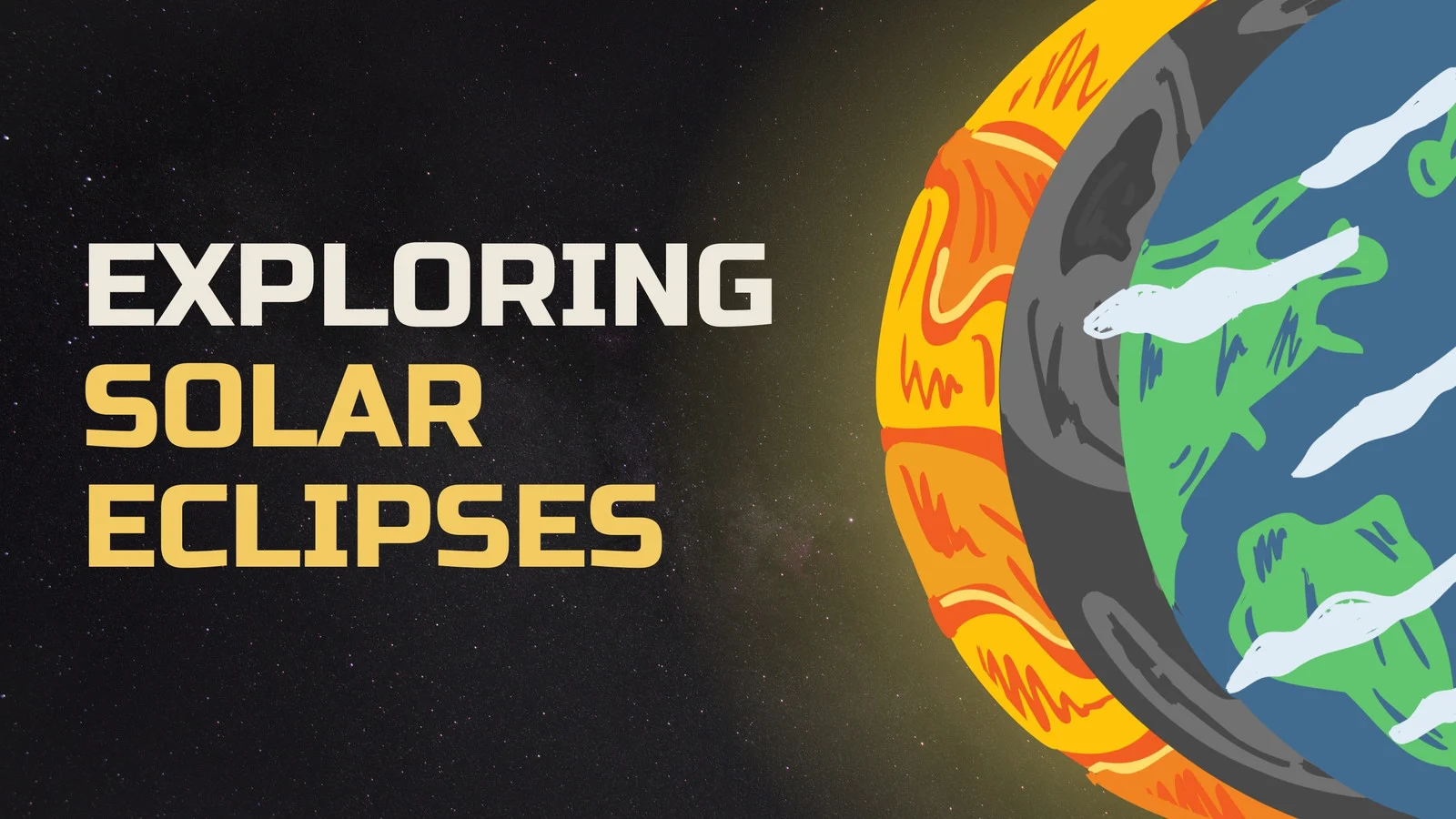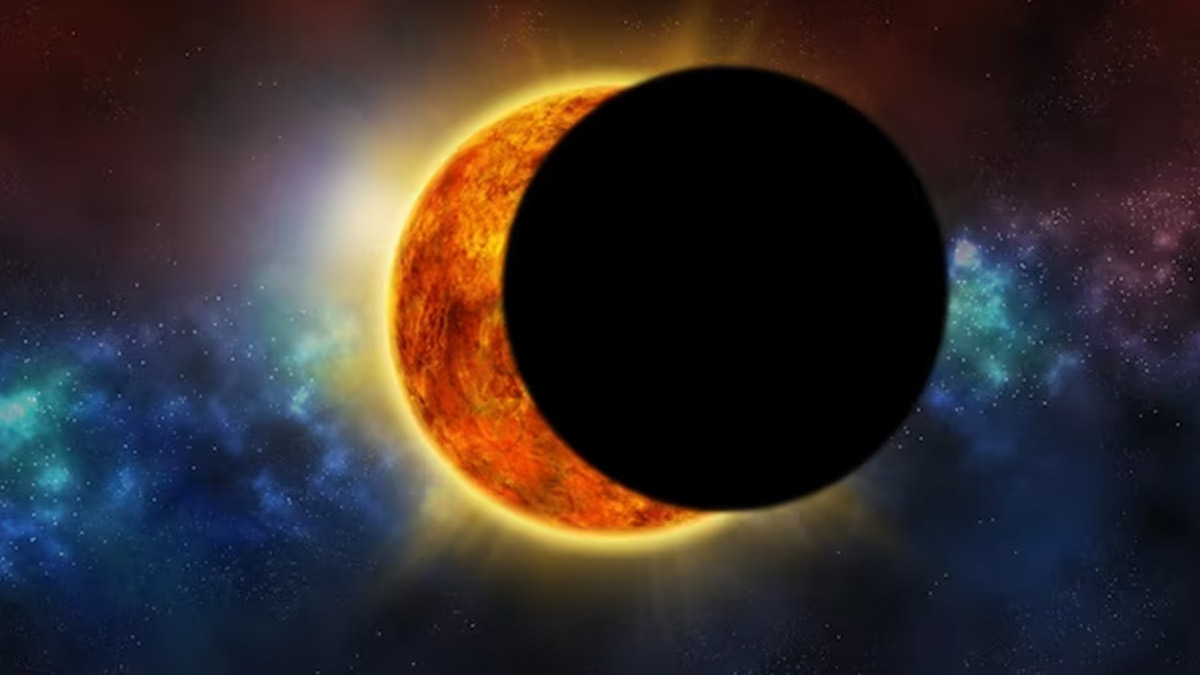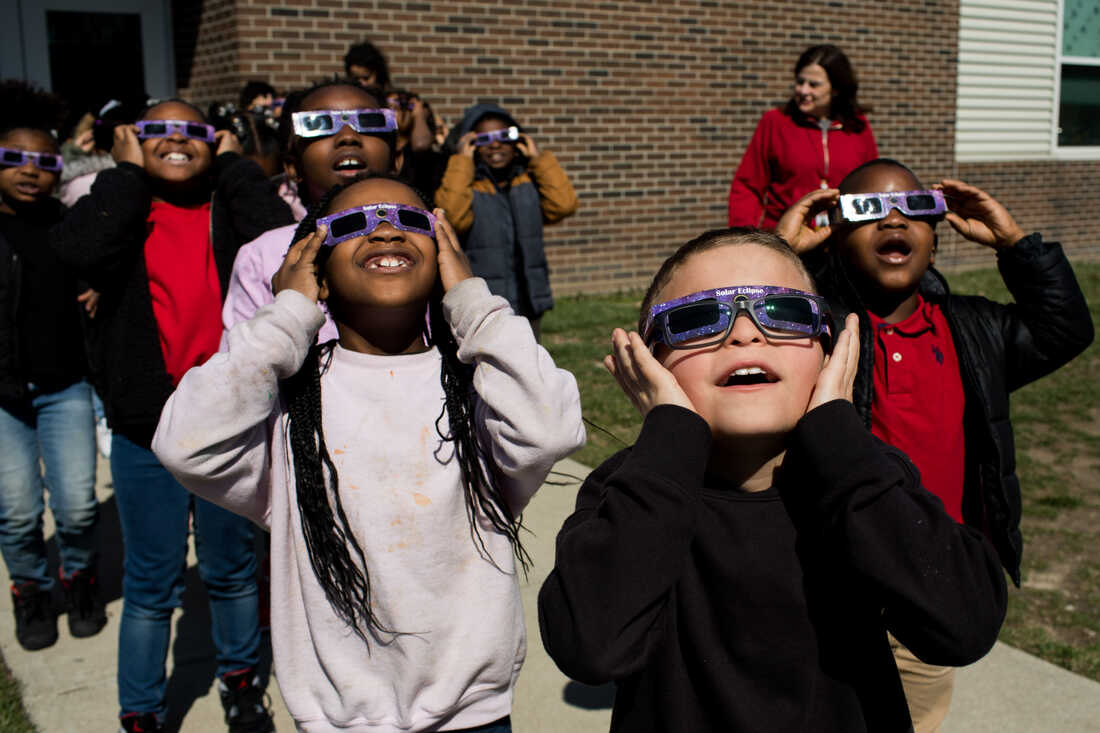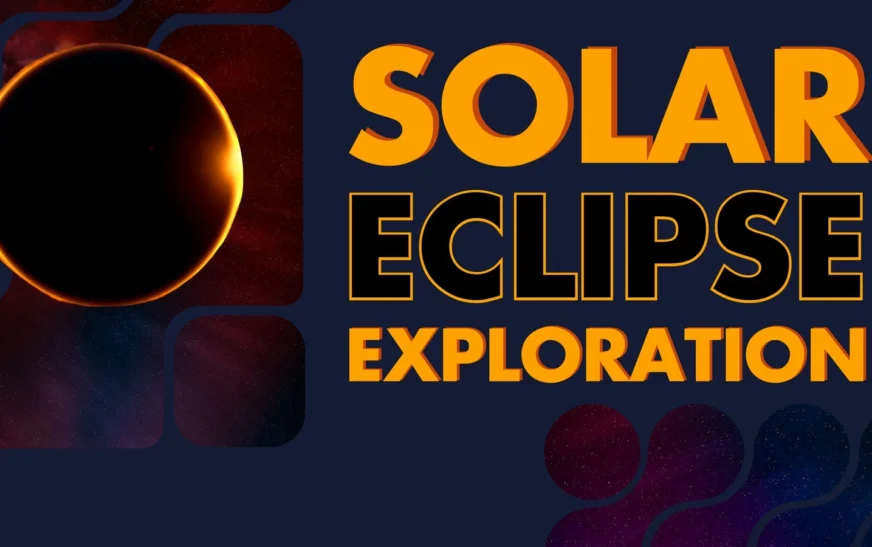Interactive solar eclipse education is an exciting way for students and enthusiasts to learn about one of nature’s most amazing events. With interactive tools, videos, and activities, anyone can explore how a solar eclipse happens and why it’s so fascinating. Through this hands-on learning, students can see and understand complex ideas in a fun, easy way.
Interactive solar eclipse education helps kids and adults experience the science behind an eclipse. It’s a great way to watch simulations, understand the moon’s shadow, and learn about the effects of solar eclipses on Earth. These activities make the learning process engaging, ensuring everyone enjoys while they learn.
What Is Interactive Solar Eclipse Education?

Interactive solar eclipse education is a fun way to learn about solar eclipses. It involves using interactive tools like videos, apps, and games to explain how and why eclipses happen. This approach makes learning more exciting because students and enthusiasts can explore the solar eclipse experience in real time or through simulations.
One of the best parts of interactive solar eclipse education is that it helps students see concepts in action. Instead of just reading about an eclipse, they can watch simulations that show how the moon’s shadow moves across the Earth, creating the eclipse effect. This hands-on method of learning can make difficult ideas much easier to understand, even for young learners.
With interactive solar eclipse education, learners of all ages can enjoy discovering how eclipses impact the world around us. They can follow the eclipse path, study how light changes, and see why these rare events are so interesting to scientists. This learning style keeps everyone engaged and curious about the science of space.
How Interactive Tools Make Solar Eclipse Education Fun
Using interactive tools brings the excitement of solar eclipses to life. Apps, virtual reality (VR) experiences, and videos allow students to feel like they’re part of an eclipse. With these tools, they can even “travel” to different parts of the world to see how an eclipse looks from various places.
Interactive solar eclipse education tools let students experiment and explore. Some apps let users adjust the Earth, moon, and sun’s positions to see how these changes affect the eclipse. By making small changes, learners can watch how an eclipse forms and disappears, which helps them understand the whole process.
Besides apps and videos, games are also a great addition to interactive solar eclipse education. Games challenge students to test their knowledge, making learning fun and memorable. With these tools, learning about solar eclipses becomes a thrilling adventure that everyone can enjoy.
Why Learning About Solar Eclipses Matters

Learning about solar eclipses is important because it teaches us about the universe. Solar eclipses reveal how the sun, moon, and Earth interact. Interactive solar eclipse education provides an engaging way to study this relationship. Through learning, students develop a stronger interest in science and space.
Solar eclipses also help us understand natural cycles and patterns. By exploring eclipses, we see how our planet’s position in space affects what we observe in the sky. Interactive solar eclipse education helps students connect these big ideas to everyday life, making science feel more relevant and understandable.
Interactive solar eclipse education goes beyond basic learning. It inspires curiosity and encourages students to ask questions about other space events, like lunar eclipses and meteor showers. This curiosity is essential for learning, as it leads to deeper exploration and understanding of the world.
Interactive Activities to Explain the Solar Eclipse Process
One of the best ways to teach solar eclipses is through interactive activities. These activities make science exciting and help students visualize each step of an eclipse. For example, using a flashlight and balls can show how the moon blocks sunlight to create an eclipse.
Teachers and parents can easily create interactive solar eclipse education activities. Simple models or demonstrations let students see how the Earth, sun, and moon interact. Activities can include:
- Drawing the eclipse phases
- Using apps to simulate the eclipse path
- Watching videos of past eclipses
Interactive activities offer a hands-on experience that students remember. They learn that solar eclipses are not just distant events but are connected to how the universe works. These activities are a fun way to get students excited about science.
How Schools and Parents Can Use Interactive Solar Eclipse Education

Schools and parents play a big role in making learning fun and engaging. Interactive solar eclipse education can be a fantastic tool for both classrooms and homes. It allows students to explore on their own or with friends, making science feel like an adventure.
Schools can include interactive solar eclipse education in their science programs. By offering activities, schools help students understand eclipses in a way that goes beyond textbooks. Teachers can use simulations, models, and videos to make learning more exciting.
Parents can also encourage interactive solar eclipse education at home. They can watch eclipse videos with their kids or help them use apps to follow eclipse paths. Parents don’t need to be science experts; they only need curiosity and interest in learning alongside their children.
Top Resources for Interactive Solar Eclipse Education
When it comes to interactive solar eclipse education, there are many resources that make learning fun. Websites, apps, and VR tools give students access to amazing learning experiences. These resources help everyone learn about eclipses, whether in a classroom or at home.
For interactive solar eclipse education, some top resources include:
- NASA’s website, which has videos and eclipse simulations
- Eclipse tracking apps that show live paths and past events
- YouTube channels with documentaries on solar eclipses
With these resources, students and educators have a variety of tools to explore eclipses. They offer high-quality information, make learning fun, and are accessible to all ages. Resources like these make solar eclipse education easier and more engaging than ever.
Benefits of Using Interactive Solar Eclipse Education in Classrooms
Interactive solar eclipse education has many benefits, especially in classrooms. It makes science more accessible, allowing students to explore and discover at their own pace. This approach to learning keeps students engaged and helps them understand complex topics in simple ways.
One major benefit of interactive solar eclipse education is that it improves memory. When students learn by doing, they’re more likely to remember the concepts they study. Watching an eclipse simulation or using a VR tool helps students visualize and better understand the event.
Another benefit is the way interactive solar eclipse education fosters teamwork. Students often work together on projects, creating a sense of community and shared learning. This cooperative style of learning builds friendships and encourages students to support each other.
Future Trends in Interactive Solar Eclipse Education
Interactive solar eclipse education is growing, with new tools making learning even more exciting. With advances in technology, students can expect more virtual reality experiences, interactive videos, and even live-streamed eclipse events. These tools bring science directly to students, making it feel like they are part of the action.
In the future, more schools may use virtual reality and apps for solar eclipse education. This technology will allow students to dive deeper into space science without leaving their classrooms. Future trends will make interactive solar eclipse education more engaging, helping everyone learn more about our fascinating universe.
Conclusion
Interactive solar eclipse education is a powerful way to spark curiosity and excitement in students. Through hands-on activities, videos, and apps, students can learn about the wonders of the solar system and how eclipses occur. This method of teaching makes learning about science fun and keeps students engaged.
With interactive solar eclipse education, everyone can experience the magic of eclipses in an accessible way. It’s a chance to explore the mysteries of space and understand our universe. This approach to education helps students build a strong foundation in science while inspiring a lifelong love of learning.










